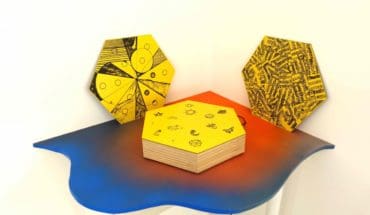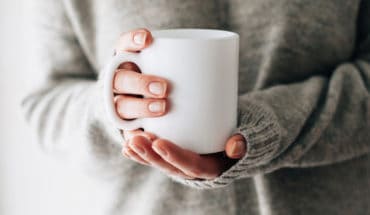It’s easy to slump in front of the telly after an excess of Christmas festivities, but there are very good reasons why you should be careful about your posture in the holiday season. How you stand and hold yourself not only makes a difference to the way you look, but more importantly, the way your body feels. Poor posture can lead to a wide variety of problems such as chronic backache, headache and even RSI. Lower back pain is an extremely common consequence of poor posture. In fact, it is estimated that in the United Kingdom, that up to 4 out of every 5 adults aged 16 or over, will experience back pain at some point in their lifetime and backache accounts for seven million trips each year to a GP.
We look at different exercise regimes you can do which focus on improving posture and share some tips on how to keep your body in perfect alignment.
Pilates
Pilates is all about training people to use their core, specifically the muscles of the stomach, back and pelvic floor, so that they can hold themselves correctly. Classes consist of a series of controlled movements and exercises which train the body to move more efficiently.
This relieves pain caused by poor posture as years of slouching, hunching and rounding can leave us using weak or superficial muscles to hold ourselves up. As such it’s often recommended to sufferers of lower back pain. Pilates also reduces the stress we place on the legs, hips and feet from standing or moving incorrectly. Good posture creates space in the body, taking pressure off the organs. It improves muscle function, range of motion in the joints and allows the shoulders to relax and the head to move more freely.
Yoga
There are many different types of yoga, but all help to relieve tension from the body and restore flexibility to the muscles and joints. Regular yoga practice develops body awareness which allows you to break habits and patterns of bad posture. All types of yoga involve poses which stretch the muscles and ease out tension. Yoga classes also involve dedicated time for relaxation which helps you to form a new
tension-free body position. Classical yoga postures, such as those found in Hatha yoga, are fantastic for addressing muscular imbalances and restoring balance and flexibility. Iyengar yoga focuses on proper alignment, while dynamic yoga styles like Ashtanga and Rasa Vinyasa help to develop core, back and upper body strength.
Alexander Technique
The Alexander Technique teaches that we each create our own patterns of posture and movement which over time become so deeply ingrained that we often cannot see that they cause us to move inefficiently. Alexander Technique sessions adopt a common sense approach to good posture and teach new ways of sitting, standing, breathing and moving. Students learn how to perform daily activities with greater ease and efficiency and reduce the pressure they put on their bodies. The technique is designed to free you of subconscious habits so that you can use your body more effectively and see improvements in posture, breathing, performance and health. The Technique is not a quick fix; the ‘retraining’ process takes some time but with patience, you can learn new habits for life.
Feldenkrais
Through gentle prompting and guided touch, the Feldenkrais method helps you to develop an awareness of body positioning and movement, retraining yourself to move more flexibly and fluidly. Students of Feldenkrais are taught that constantly adjusting body position with hard work and effort is not the most effective way to improve posture. According to the Feldenkrais method, our muscles are not meant to directly support our weight and hold our posture but to align the skeleton to support the body. Feldenkrais teaches that a relaxed, aware body will align itself easily and naturally, so that body mass balances lightly on the skeleton with a minimum of muscular effort. Feldenkrais aims to take the hard work out of achieving proper posture by using gentle movements to develop a self-awareness that in time allows you to regain the fluid movement and balance you were born with. This state is referred to as natural balance. Flexibility is thought to improve after just one session, as well as increased levels of energy and vitality.
- Cycling for beginners - 1st January 2017
- Posture in the post-Christmas slump - 26th December 2016







